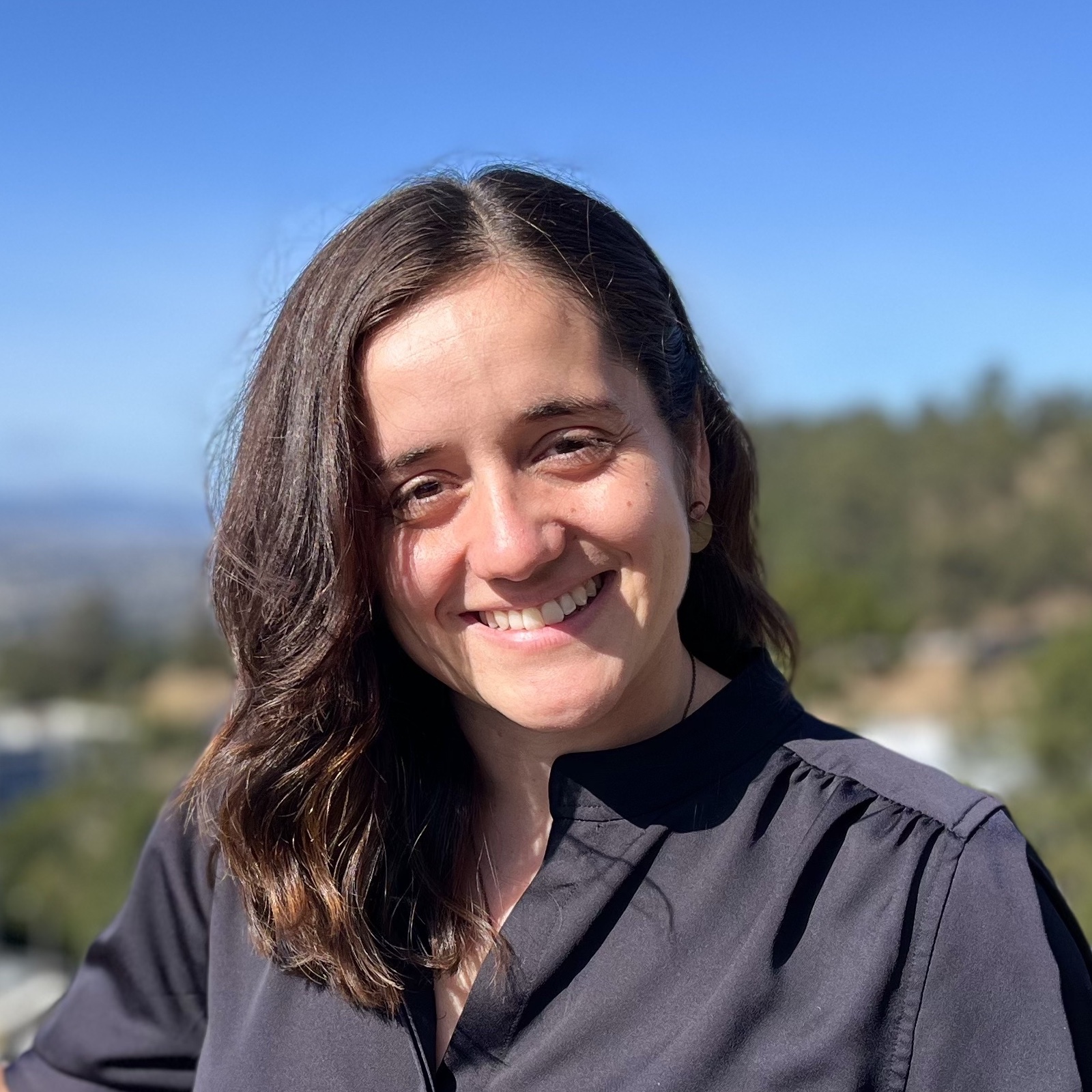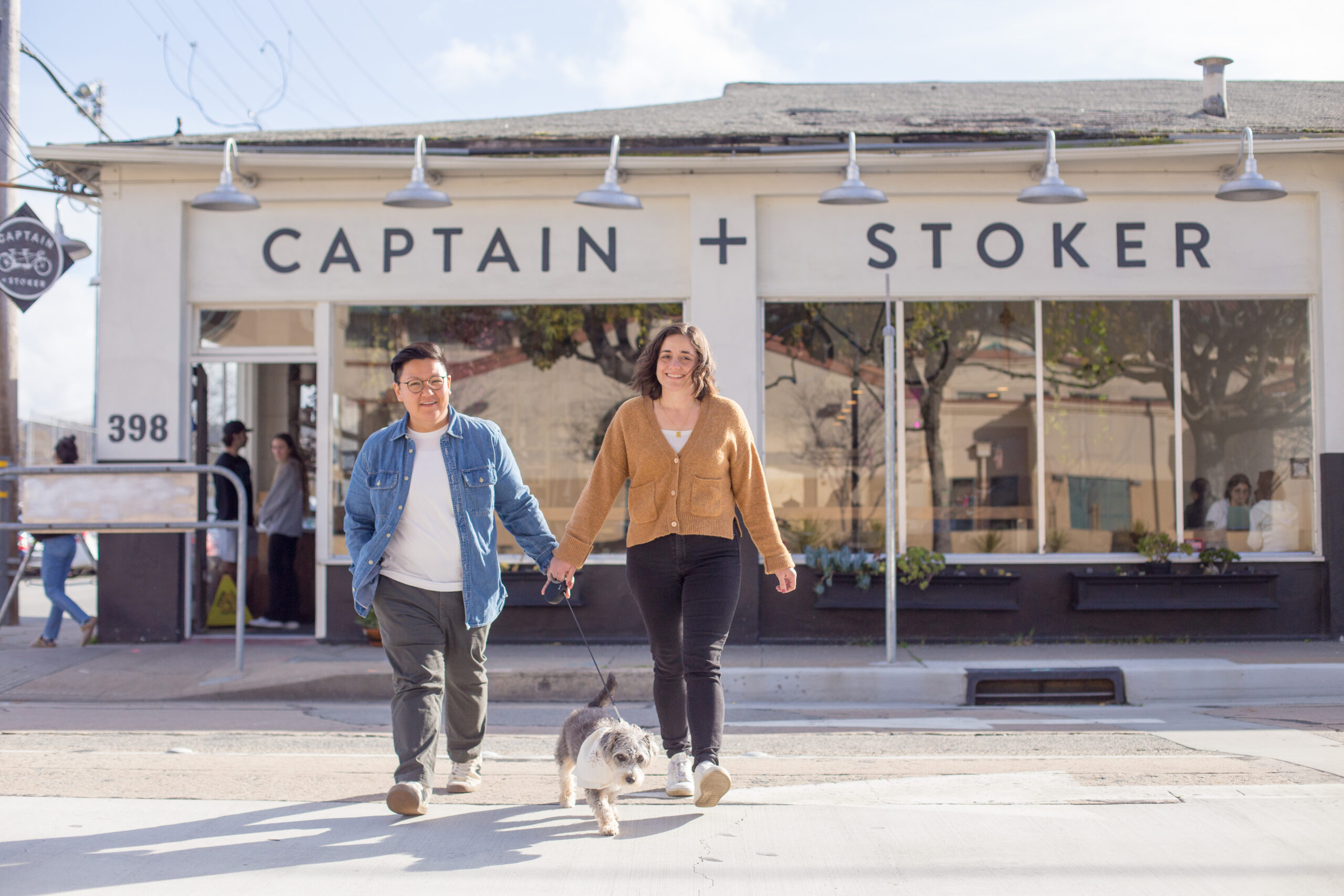 Since joining the ALS in September, Gianna FazioLiu has been connecting with people across Berkeley Lab and thinking about how to tell the stories about their work. Her passion for science communications originated in Mexican coffee farms and French cheese, so it is small wonder that her free time is filled with tasty pursuits to this day.
Since joining the ALS in September, Gianna FazioLiu has been connecting with people across Berkeley Lab and thinking about how to tell the stories about their work. Her passion for science communications originated in Mexican coffee farms and French cheese, so it is small wonder that her free time is filled with tasty pursuits to this day.
What is your role at the ALS?
As the communications director, I mentor and supervise the Communications Group. I also help shape the year’s goals and our strategy for communicating with staff, our user community, and stakeholders like the Department of Energy and across the whole Berkeley Lab. I see it as an important liaison role where I can be the foundational support for all those separate groups of people.
This can look like taking the strategy, the policies, and the plans, and implementing them into communications products that people can easily interact with. It can also mean overseeing the vision for science storytelling by facilitating the execution of our newsletter or our website, as well as larger documents and projects.
What are you looking forward to the most as the communications director?
I inherited a great communications program so I’m most excited about building upon the work, and maybe evolving the different modes of communication products. You might only think of us doing tours or the ALSNews, but there’s so many ways to amplify the science to different groups. And so, I’m looking forward to potentially expanding ALS videos or even podcasts, giving voice to different people throughout the ALS. I was particularly inspired by a 2019 social media campaign featuring Angelic Lucero, Ziheng Yao, and Shambhavi Pratap doing their jobs at the ALS. I hope to do more projects like this to showcase the amazing people here, who may not get that platform all the time. I’m also looking forward to supporting the Strategic Plan by communicating upcoming changes, which, while potentially challenging, present very meaningful opportunities for the ALS community.
How did your career path lead you to the ALS?
I studied Earth and Environmental Science at the University of Michigan. When I was there, I was very enthralled with one professor who studied ant populations and coffee farms in Mexico, where my mom’s family is from. What I liked most was that she was truly passionate about the science and the people. And so, I thought I would potentially go into agriculture research. As I went along in my career, I realized I was really good at telling the story about what farmers were going through, what people in the food and agriculture systems were going through, and I loved teaching, from K-12 students through undergraduates. And so, a lot of what I do in my role is supporting others, and figuring out how to get them to their goals.
I did a Masters of Arts at the Falk School of Sustainability at Chatham University, where I focused on soil science and food systems. There were several courses that opened my eyes to the world of science communications. One was on communications about food, and it was run by the University of Paris, so I went to a region of France called Franche-Comté. It’s near Switzerland, and they make Comté, a cheese unique to the region that is a cousin to Gruyère. I spent two weeks there understanding how important it was for their government systems to be able to market this product, and how much pride the farmers and the affineurs (the agers) had, and that everybody got a fair price once they marketed and sold this cheese. So, I grew even more passionate about the power of science communications.
Then, I took an agriculture policy class and I got to go to DC and meet with lobbyists. I actually learned that you could be a science communicator there, and seeing that that was a profession really excited me.
After teaching for six years and leading campus communications at Chatham University, I went on to do science communications for the City and County of San Francisco’s Department of Environment and managed a team of outreach professionals there. I led campaigns about zero waste, recycling, composting, water pollution prevention, and a lot more climate-related policies.
I had already known that there were a lot of national labs because I took a renewable energy and fossil fuels course in my undergrad, and I went to Idaho National Lab. That was my first experience at a lab like that, and it blew my mind. When I realized that Berkeley Lab had a communications manager position open, I was thrilled to find a position that allows me to combine my experience and passion working towards such an important mission.
What do you like to do in your free time?
In grad school, I was called the Fermentation Queen. I ran a fermentation club—we would take different stuff growing on campus and ferment it. So, I love baking bread, working with dough, working with my hands, and making something that most people can enjoy.
I spend a lot of time with my dog (Turtle) and my spouse (Dre). We are big into going on walks to coffee shops. We also like to roast sustainably sourced green coffee at home for our friends and family.
